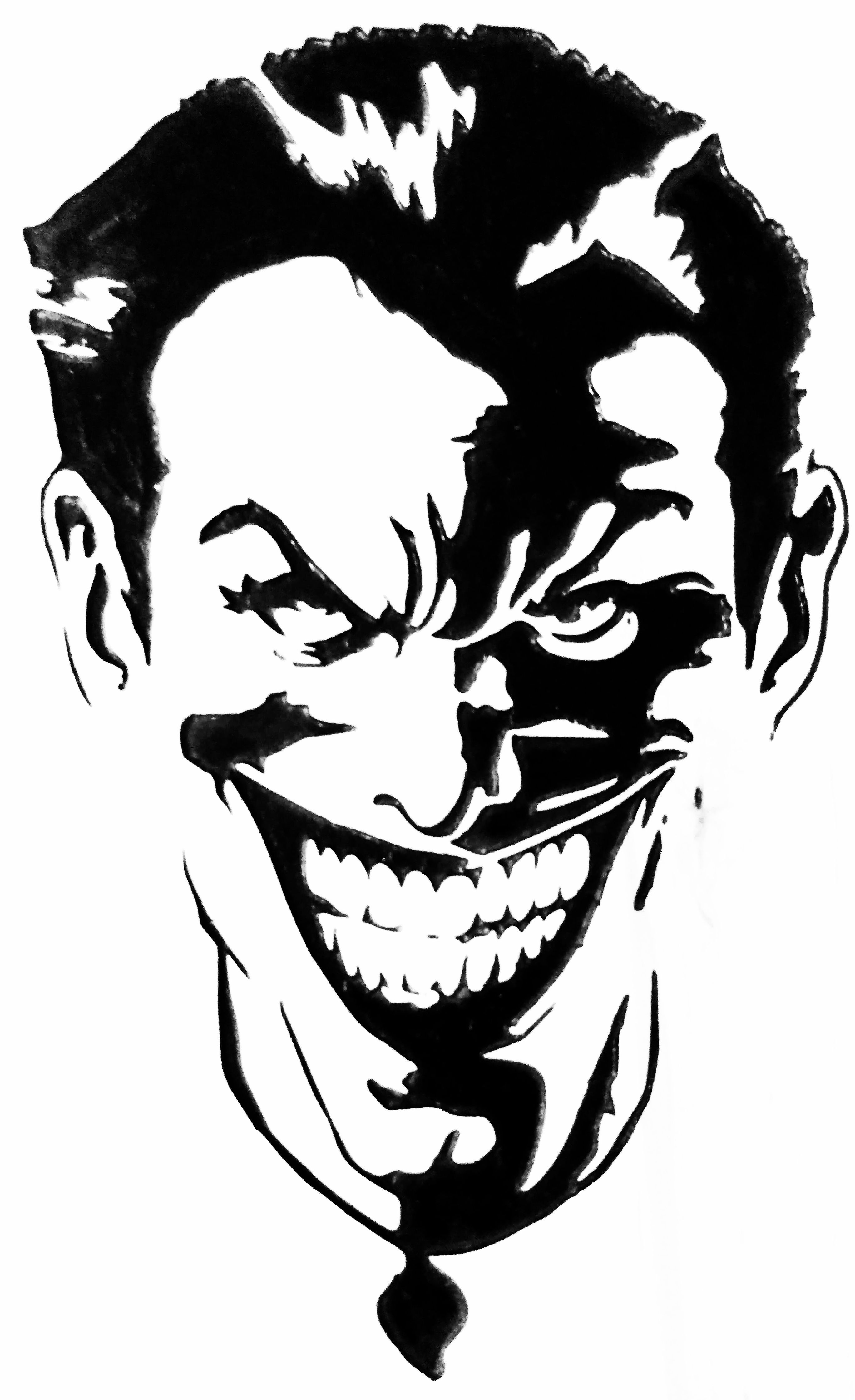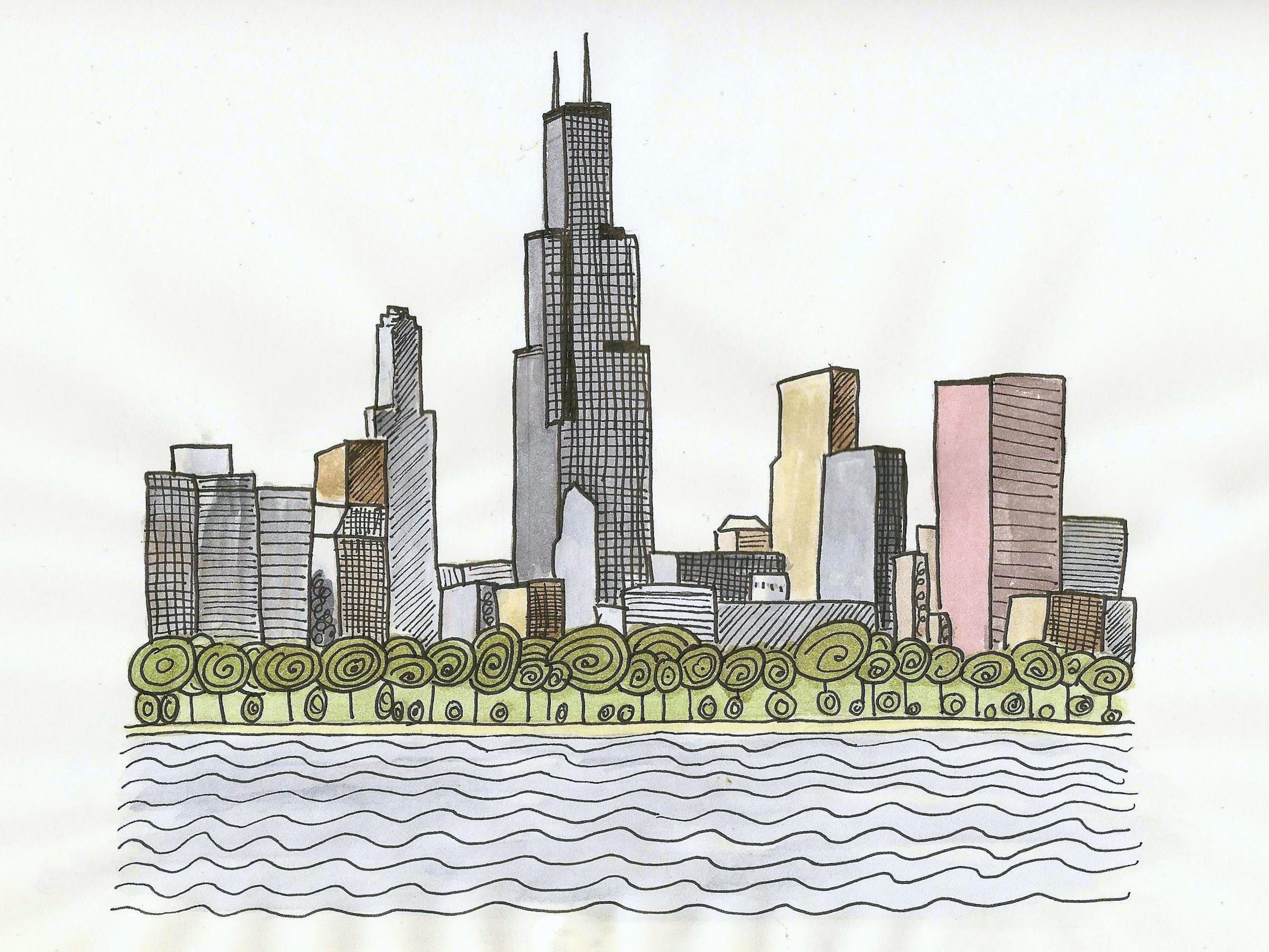Joker drawing batman shadow dark face sticker knight cute vs smile coringa decal silhouette tattoo harley simple quinn clipartmag logo
Table of Contents
Table of Contents
Are you struggling to draw shadow in your artwork? You’re not alone. Many artists find it challenging to create realistic shadows that add depth and dimension to their drawings. But fear not, as we have some tips and tricks for you to master the art of shadow drawing!
The Struggle of Shadow Drawing
Perhaps you’ve tried to draw shadows before but found that they looked too flat or unrealistic. Or maybe you’re unsure of where to place the shadows to create a cohesive and accurate image. Shadow drawing can be tricky, especially when it comes to factors such as light direction, object orientation, and the use of different shading techniques. But it’s not impossible to learn!
How to Draw Shadow
The first step to drawing shadows is to observe your subject closely. Study the direction and intensity of light sources, and identify the areas that would be in shadow as a result. Next, determine the shading technique you want to use to create the shadows. Will you be using cross-hatching, stippling, or blending? Use a light touch and layer gradually to create depth and contrast. Finally, make sure to blend the shadows seamlessly with the rest of the drawing to avoid a choppy and awkward look.
Summary of Tips and Tricks
To summarize, observe your subject carefully, choose your shading technique, use a light touch and layer gradually, and blend the shadows seamlessly. These tips will improve your shadow drawing skills and help you create more realistic and dynamic images.
Personal Experience with Shadow Drawing
When I was first learning how to draw shadows, I found it challenging to understand the different factors that influenced shadow placement and intensity. However, through practice and experimentation, I began to grasp the concepts and techniques needed to create realistic shadows. One tip that helped me was using a reference image to guide my shadow placement and shading. By comparing my drawing to the reference, I could see where my shadows needed adjustment and make changes accordingly.
Experimentation with Shadow Drawing
Another thing that helped me was experimenting with different shading techniques. For example, using cross-hatching for shadows on one object versus stippling on another object can create unique and interesting effects. Don’t be afraid to try different techniques and see what works best for you!
The Importance of Practice and Patience with Shadow Drawing
Remember that shadow drawing, like any skill, takes practice and patience to master. Don’t get discouraged if your shadows don’t turn out perfectly at first. Keep practicing and experimenting, and you’ll eventually see improvement in your artwork.
Online Resources for Shadow Drawing
If you’re struggling to get started, there are plenty of online resources available to help you learn how to draw shadows. Websites such as DeviantArt and DrawingHowToDraw offer tutorials, tips, and reference images to guide you through the process. Don’t be afraid to take advantage of these resources and learn from other artists!
Question and Answer
Q: How can I create shadows that look more natural?
A: One way to create natural-looking shadows is to vary the intensity and thickness of shadow lines. Use a light touch for areas of subtle shading and a heavier touch for areas of more intense shading. Additionally, be mindful of light direction and adjust the shadows accordingly to create a cohesive image.
Q: Can I use colored pencils for shadow drawing?
A: Absolutely! Colored pencils can create beautiful and subtle shading effects, especially when layered and blended carefully. Experiment with different colors and techniques to create unique and interesting shadows.
Q: What is the best way to blend shadows smoothly?
A: One way is to use a blending tool such as a blending stump or tortillon to create a seamless transition between shades. You can also use a fingertip or tissue to blend the shadows, but be careful not to smudge the surrounding areas.
Q: How do I create shadows in a digital drawing?
A: Most digital drawing programs have built-in tools for creating shadows, such as the brush tool or layer effects. Consult your program’s user manual or online tutorials for specific instructions on how to create shadows in your software.
Conclusion of How to Draw Shadow
Shadow drawing may seem daunting at first, but with practice and patience, you can learn to create beautiful and realistic shadows in your artwork. By observing your subject closely, choosing your shading technique, and blending your shadows seamlessly, you’ll be on your way to mastering the art of shadow drawing in no time.
Gallery
How To Draw Shadow The Hedgehog With Step By Step Drawing Tutorial

Photo Credit by: bing.com / shadow hedgehog draw drawing step tutorial easy getdrawings
How To Draw Shadow The Hedgehog, Step By Step, Sonic Characters, Pop

Photo Credit by: bing.com / shadow hedgehog draw sonic step drawing
Practice Drawing And Shading With Pencil - Using Pencils To Add Shadows

Photo Credit by: bing.com / shadows shading
Shadow Draw 1 By ThatOneGib On DeviantArt

Photo Credit by: bing.com /
Shadow People Drawing | Free Download On ClipArtMag

Photo Credit by: bing.com / joker drawing batman shadow dark face sticker knight cute vs smile coringa decal silhouette tattoo harley simple quinn clipartmag logo





